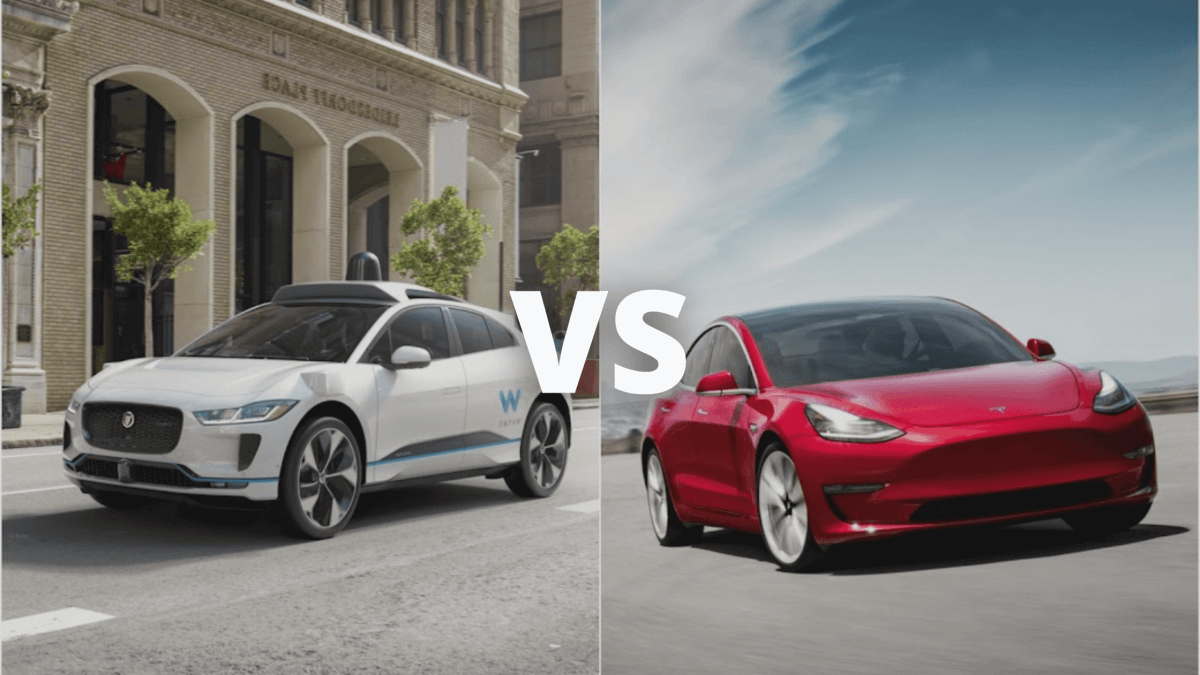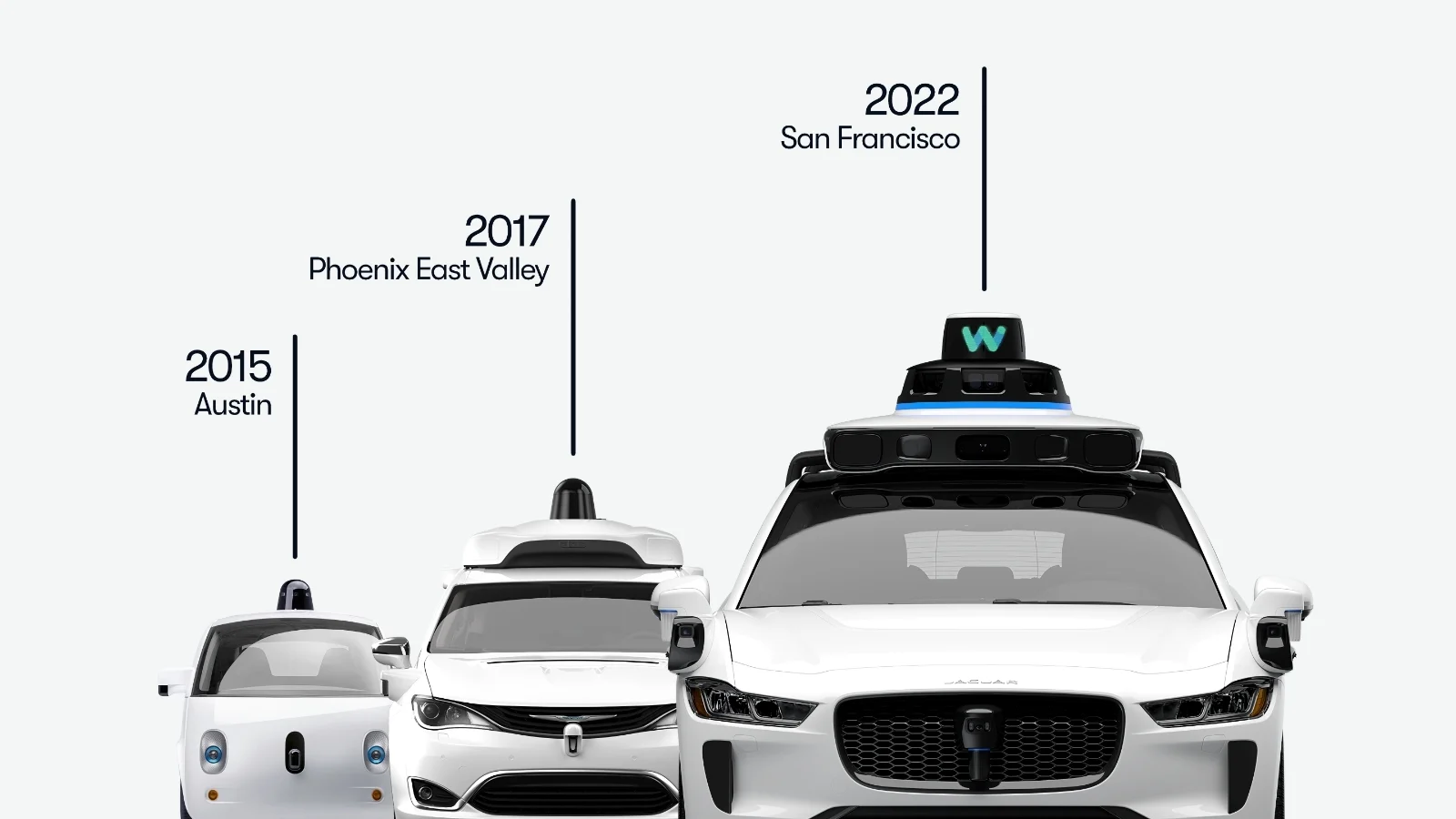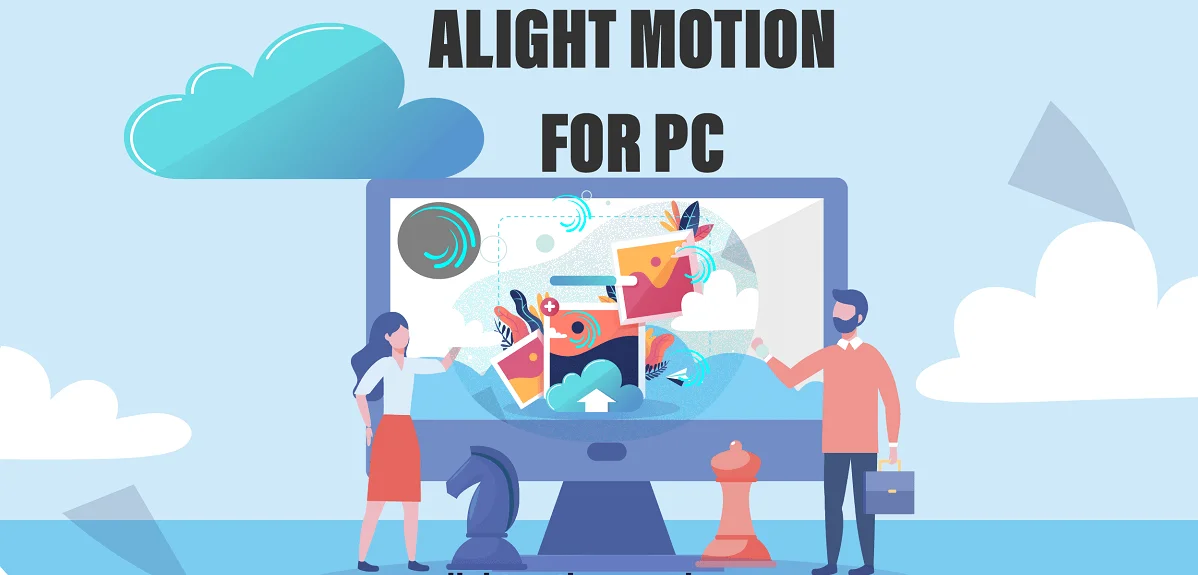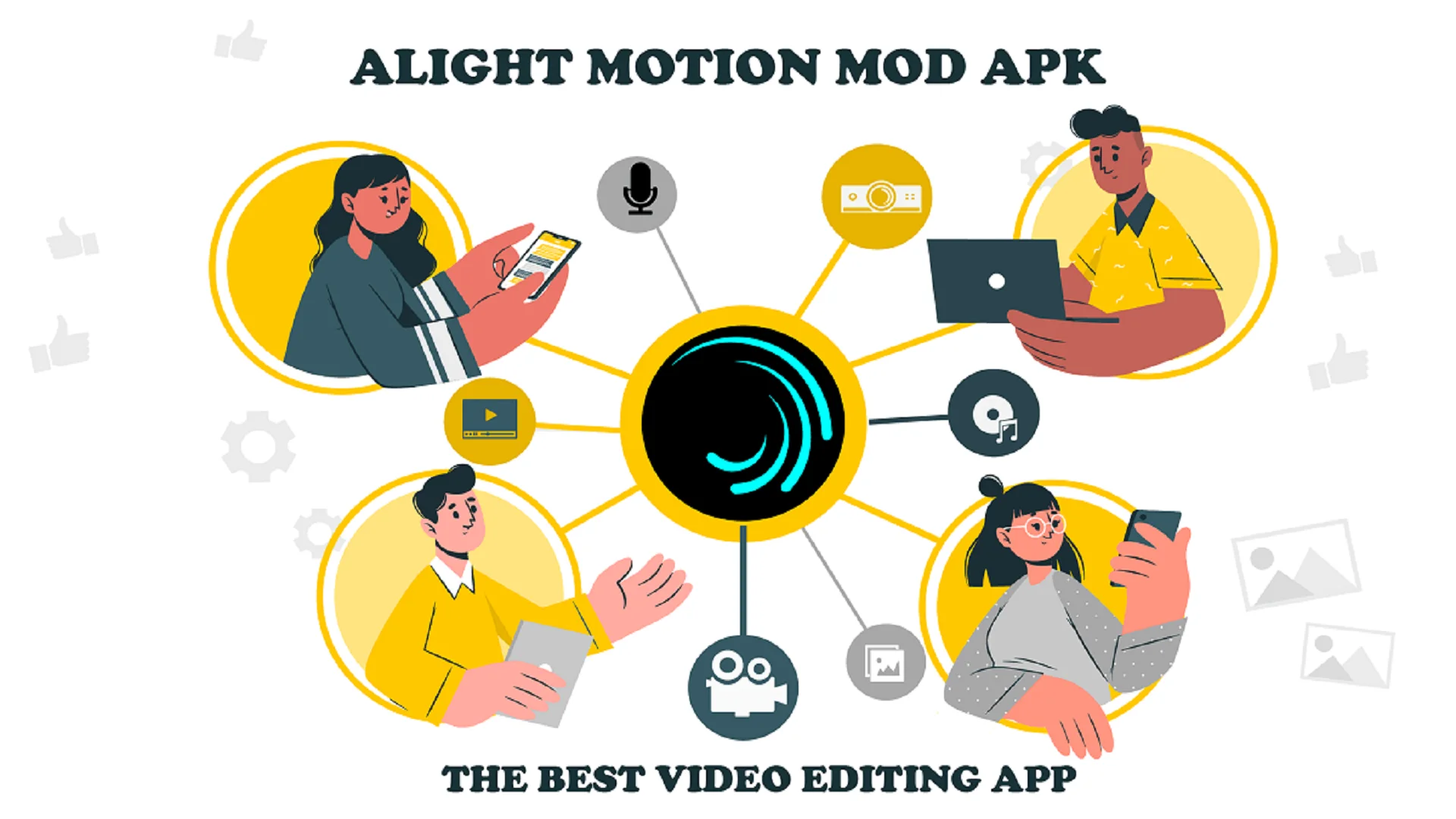Your cart is currently empty!

Tesla vs Waymo: Who’s Dominating the Autonomous Race?
Tesla vs Waymo: The race to develop fully autonomous vehicles is one of the most exciting and competitive battles in the tech and automotive industries. Two of the biggest names in this space are Tesla and Waymo, each taking a vastly different approach to achieving self-driving capabilities. While Tesla is betting on camera-based systems and consumer-owned vehicles, Waymo is focusing on LiDAR…
Tesla vs Waymo: The race to develop fully autonomous vehicles is one of the most exciting and competitive battles in the tech and automotive industries. Two of the biggest names in this space are Tesla and Waymo, each taking a vastly different approach to achieving self-driving capabilities. While Tesla is betting on camera-based systems and consumer-owned vehicles, Waymo is focusing on LiDAR technology and ride-hailing services. In this article, we’ll dive deep into the strategies, technologies, and progress of these two giants to determine who’s leading the autonomous race.
Table of Contents
1. Overview of Tesla vs Waymo
Tesla: Pioneering Electric Vehicles with Autonomous Ambitions

Founded:
Tesla was founded in 2003 by a group of engineers, including Elon Musk, who joined the company shortly after its inception. Musk’s vision was to accelerate the world’s transition to sustainable energy, and Tesla has since become synonymous with innovation in the automotive industry.
Focus:
Tesla’s primary focus is on electric vehicles (EVs), but the company has also made significant strides in autonomous driving technology. Tesla’s vehicles are equipped with Advanced Driver-Assistance Systems (ADAS), and the company is actively developing Full Self-Driving (FSD) capabilities. Tesla’s goal is to create a future where cars can drive themselves safely and efficiently, reducing the need for human intervention.
Approach:
Tesla’s approach to autonomy is unique in the industry. Instead of relying on expensive LiDAR technology, Tesla uses a combination of cameras, radar, and ultrasonic sensors to enable autonomous driving. This sensor suite, known as Tesla Vision, provides a 360-degree view of the vehicle’s surroundings.
One of Tesla’s key advantages is its ability to collect vast amounts of real-world data from its global fleet of vehicles. This data is used to train Tesla’s neural networks, which power its autonomous driving systems. Additionally, Tesla relies on over-the-air (OTA) updates to continuously improve its software, adding new features and enhancing performance without requiring physical upgrades.
Key Products:
- Tesla Autopilot: A Level 2 ADAS that offers features like adaptive cruise control, lane-keeping assist, and automatic lane changes.
- Full Self-Driving (FSD) Beta: An advanced system that aims to achieve full autonomy (Level 4/5). FSD Beta is currently available to select customers and includes features like city street navigation and traffic light recognition.
Tesla’s consumer-centric approach has allowed it to build a massive fleet of vehicles, giving it a significant edge in data collection and AI training. However, the company faces challenges, including regulatory scrutiny and the need to prove the safety and reliability of its systems.
Waymo: Leading the Charge in Fully Autonomous Mobility

Founded:
Waymo began as Google’s self-driving car project in 2009, making it one of the earliest players in the autonomous vehicle space. In 2016, it was spun off as a standalone company under Alphabet Inc., Google’s parent company. Waymo’s mission is to make transportation safer, more accessible, and more efficient through fully autonomous technology.
Focus:
Waymo’s focus is on developing fully autonomous vehicles for ride-hailing services and logistics. Unlike Tesla, which sells vehicles to consumers, Waymo operates its own fleet of autonomous vehicles, offering services like Waymo One (ride-hailing) and Waymo Via (autonomous delivery).
Approach:
Waymo’s approach to autonomy is centered around LiDAR, radar, and cameras, which work together to create a detailed, 360-degree view of the vehicle’s environment. Waymo also relies on high-definition maps to navigate complex urban environments with precision.
One of Waymo’s key strengths is its emphasis on safety and redundancy. The company’s vehicles are designed with multiple layers of sensors and backup systems to ensure reliable operation, even in challenging conditions. Waymo’s autonomous systems have been rigorously tested in controlled environments, such as Phoenix, Arizona, where its ride-hailing service is already operational.
Key Products:
- Waymo One: A fully autonomous ride-hailing service available in select cities, including Phoenix and San Francisco. Waymo One allows users to hail a self-driving car via a mobile app, similar to Uber or Lyft.
- Waymo Via: An autonomous delivery service focused on logistics and goods transportation. Waymo Via aims to revolutionize the delivery industry by offering efficient, cost-effective solutions for businesses.
Waymo’s service-oriented approach has allowed it to make significant progress in fully autonomous deployment. However, the company faces challenges related to scalability, high costs, and public acceptance of self-driving technology.
2. Technology Comparison
In the competitive landscape of autonomous vehicle development, Tesla and Waymo represent two fundamentally different approaches to solving the self-driving puzzle. Both companies use cutting-edge technology but differ in their philosophy, hardware, and scalability strategies.
Tesla’s Vision-Based System
Tesla’s approach relies heavily on vision-based technology, eliminating the need for expensive LiDAR systems. This choice underlines Tesla’s confidence in the capabilities of cameras and AI to replicate human-like vision and decision-making.
- Sensors: Tesla equips its vehicles with a suite of 8 cameras, 12 ultrasonic sensors, and 1 forward-facing radar (until recently, as Tesla is now transitioning toward radar-less designs).
- AI and Neural Networks: Tesla’s system is powered by advanced deep learning algorithms trained on vast amounts of real-world data collected from its global fleet of vehicles. This enables the system to continuously improve via over-the-air updates.
Strengths of Tesla’s System:
- Cost-Effective: By avoiding LiDAR, Tesla reduces production costs, making autonomous driving technology more affordable for consumers.
- Scalable Solution: Tesla’s focus is on mass-market scalability, with its technology being implemented in millions of consumer-owned vehicles worldwide.
- Real-World Data Collection: Tesla benefits from a vast network of vehicles actively collecting and sharing real-world driving data. This allows the system to adapt to diverse driving conditions and edge cases.
Weaknesses of Tesla’s System:
- Environmental Limitations: The vision-based system can struggle in low-visibility conditions like fog, heavy rain, or snow, where cameras may fail to detect obstacles accurately.
- Software Dependence: Tesla’s reliance on frequent software updates introduces variability. While updates often bring improvements, they may also introduce temporary bugs or inconsistencies.
- Camera Resolution Constraints: The effectiveness of the system is tied to the quality and resolution of the cameras, which can limit its ability to interpret fine details.
Waymo’s LiDAR-Based System
In contrast, Waymo embraces a hardware-heavy approach, utilizing LiDAR (Light Detection and Ranging) technology for its autonomous systems. This technology provides a highly detailed and reliable 3D map of the vehicle’s surroundings.
- Sensors: Waymo vehicles are equipped with a combination of LiDAR, radar, and cameras to achieve comprehensive 360-degree perception of the environment.
- AI and Mapping: Waymo’s system merges real-time sensor data with high-definition pre-mapped environments, enabling precise navigation and decision-making.
Strengths of Waymo’s System:
- Exceptional Accuracy: LiDAR provides highly accurate distance measurements and excels in detecting objects, even in low-visibility conditions like heavy rain, fog, or darkness.
- Proven Safety Record: Waymo’s vehicles have a demonstrated track record of operating safely in controlled environments, such as its ride-hailing service in Phoenix, Arizona.
- Redundancy Focus: Waymo incorporates multiple layers of safety through redundant sensors and fail-safe systems, reducing the likelihood of errors.
Weaknesses of Waymo’s System:
- High Costs: LiDAR technology is expensive, making it challenging to scale for mass-market adoption.
- Limited Scalability: Waymo’s current focus is on fleet-based autonomous ride-hailing services, which restricts its ability to scale to consumer-owned vehicles.
- Mapping Dependency: The reliance on high-definition pre-mapped environments means Waymo vehicles may struggle in uncharted areas or rapidly changing environments.
3. Business Models
Tesla’s Consumer-Centric Approach
- Strategy: Sell autonomous-capable vehicles directly to consumers and monetize through software updates (e.g., FSD package).
- Advantages:
- Massive fleet of vehicles collecting real-world data.
- Strong brand loyalty and market presence.
- Challenges:
- Regulatory hurdles for full autonomy.
- Dependence on consumer adoption of FSD features.
Waymo’s Service-Oriented Approach
- Strategy: Operate autonomous ride-hailing and delivery services.
- Advantages:
- Controlled environments for testing and deployment.
- Potential for recurring revenue from ride-hailing and logistics.
- Challenges:
- High operational costs (e.g., maintaining LiDAR-equipped vehicles).
- Limited geographic reach compared to Tesla’s global presence.
4. Progress and Milestones
Tesla
- Autopilot: Widely used by Tesla owners for highway driving and traffic assistance.
- FSD Beta: Available to select customers, offering advanced features like city street navigation.
- Data Advantage: Tesla’s fleet has driven billions of miles, providing vast amounts of real-world data for training its AI.
Waymo
- Waymo One: Fully autonomous ride-hailing service operating in Phoenix, Arizona, and expanding to San Francisco.
- Waymo Via: Autonomous delivery service for goods and packages.
- Safety Record: Waymo has a strong safety record, with no at-fault accidents in its autonomous vehicles.
5. Challenges and Controversies
While Tesla and Waymo are leaders in autonomous vehicle technology, their journey to achieving fully self-driving cars is not without hurdles. Both companies face significant challenges and controversies, which highlight the complexities of developing and deploying autonomous systems.
Tesla’s Challenges
- Regulatory Scrutiny:
Tesla’s Full Self-Driving (FSD) Beta has sparked debates among regulators and safety advocates. Critics argue that releasing the software to the public while it is still in the testing phase poses risks to both drivers and pedestrians. Regulatory bodies in various countries, including the U.S., have closely monitored Tesla’s practices. - Safety Concerns:
Accidents involving Tesla’s Autopilot and FSD features have raised questions about the system’s reliability. High-profile incidents, including collisions caused by the system failing to recognize obstacles or disengaging unexpectedly, have drawn widespread media attention and scrutiny. - Overpromising:
Tesla CEO Elon Musk has faced criticism for frequently making optimistic claims about the timeline for achieving full autonomy. Promised features, such as robotaxis or fully autonomous capabilities, have experienced repeated delays, leading to frustration among customers and skepticism in the industry.
Waymo’s Challenges
Public Perception:
Many people remain cautious about trusting fully autonomous vehicles. Concerns over safety, data privacy, and the lack of a human fallback driver contribute to skepticism. Overcoming public hesitation is a significant challenge for Waymo as it seeks broader acceptance of its technology.
High Costs:
Waymo’s reliance on LiDAR and advanced mapping technologies makes its vehicles significantly more expensive than Tesla’s vision-based approach. The high production and operational costs pose a barrier to large-scale adoption, especially in consumer markets.
Limited Deployment:
Waymo has primarily focused on controlled environments, such as its autonomous ride-hailing service in Phoenix, Arizona. While this approach has proven effective, the limited geographic scope restricts the company’s ability to scale its services to other regions and scenarios.
6. Future Prospects
Tesla
- Expansion: Plans to expand FSD capabilities globally and achieve Level 4/5 autonomy.
- Robotaxis: Elon Musk has hinted at launching a Tesla ride-hailing network using autonomous vehicles.
- Data Dominance: Tesla’s growing fleet will continue to provide a competitive edge in AI training.
Waymo
- Geographic Expansion: Aims to expand its ride-hailing and delivery services to more cities.
- Partnerships: Collaborating with automakers like Jaguar and Stellantis to scale production of autonomous vehicles.
- Logistics Growth: Focusing on autonomous delivery to tap into the booming e-commerce market.
7. Who’s Winning the Autonomous Race?
The answer isn’t straightforward. Both Tesla and Waymo are leaders in the autonomous driving space, but they are pursuing different paths:
- Tesla is winning in terms of scale and consumer adoption, with millions of vehicles on the road collecting data and improving its systems.
- Waymo is leading in safety and fully autonomous deployment, with proven success in controlled environments.
Ultimately, the winner may depend on how the industry evolves. If consumer-owned autonomous vehicles become the norm, Tesla could take the lead. However, if ride-hailing and logistics dominate, Waymo’s service-oriented approach might prevail.
FAQ
What is the difference between Tesla Autopilot and Waymo’s autonomous system?
Tesla Autopilot is a Level 2 system that assists drivers, while Waymo’s system is Level 4, capable of fully autonomous operation in specific areas.
Why does Tesla not use LiDAR?
Tesla believes that cameras, combined with AI, are sufficient for autonomy and that LiDAR is too expensive and unnecessary.
Is Waymo available to the public?
Yes, Waymo One is available in select cities like Phoenix and San Francisco, but it’s not yet widely accessible.
Can Tesla’s FSD achieve full autonomy?
Tesla aims to achieve full autonomy (Level 4/5) with its FSD system, but it’s still in the beta testing phase.
Which company is safer, Tesla or Waymo?
Waymo has a stronger safety record in fully autonomous operations, while Tesla’s Autopilot has faced scrutiny over safety concerns.


